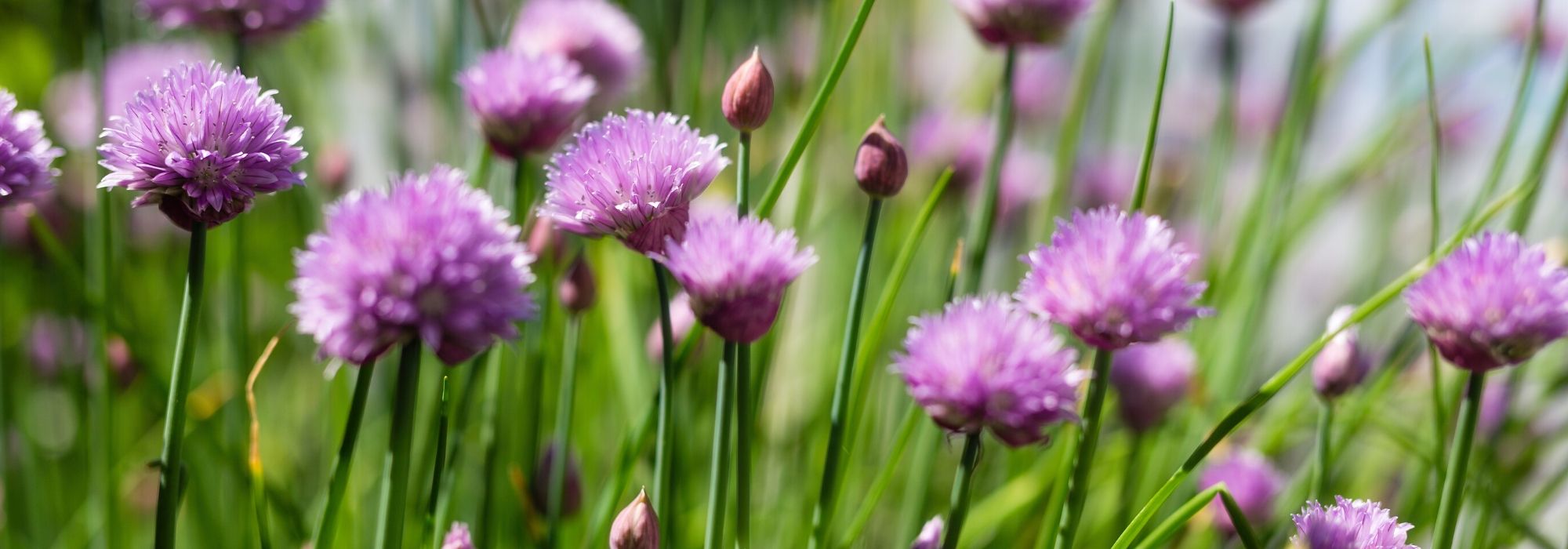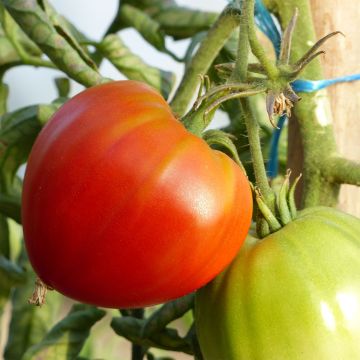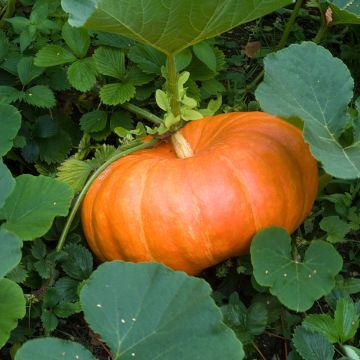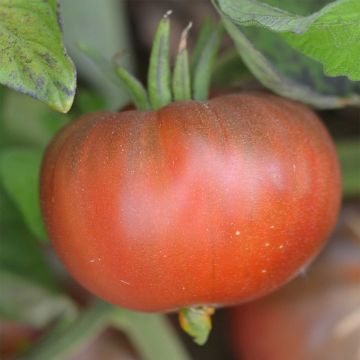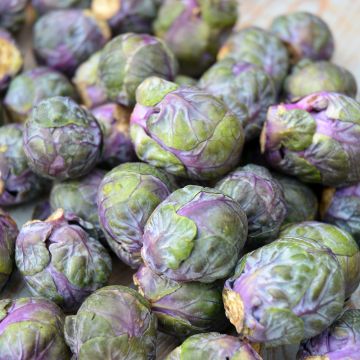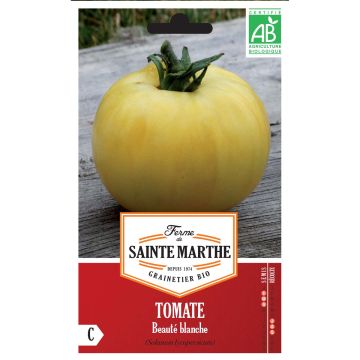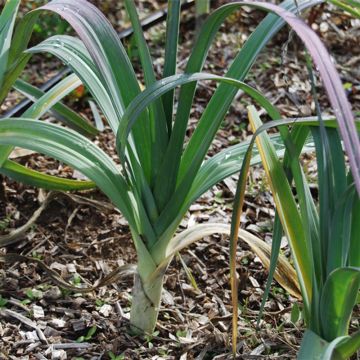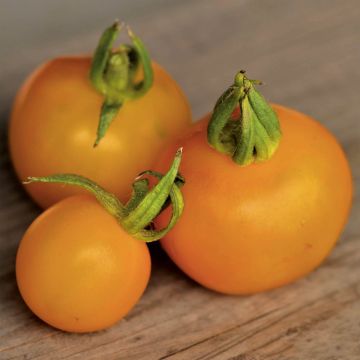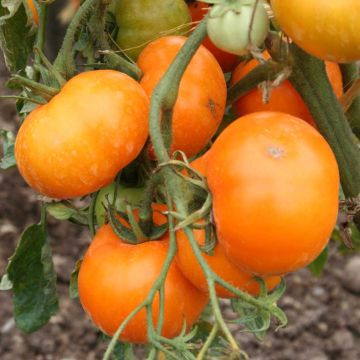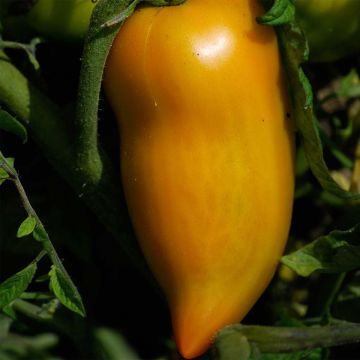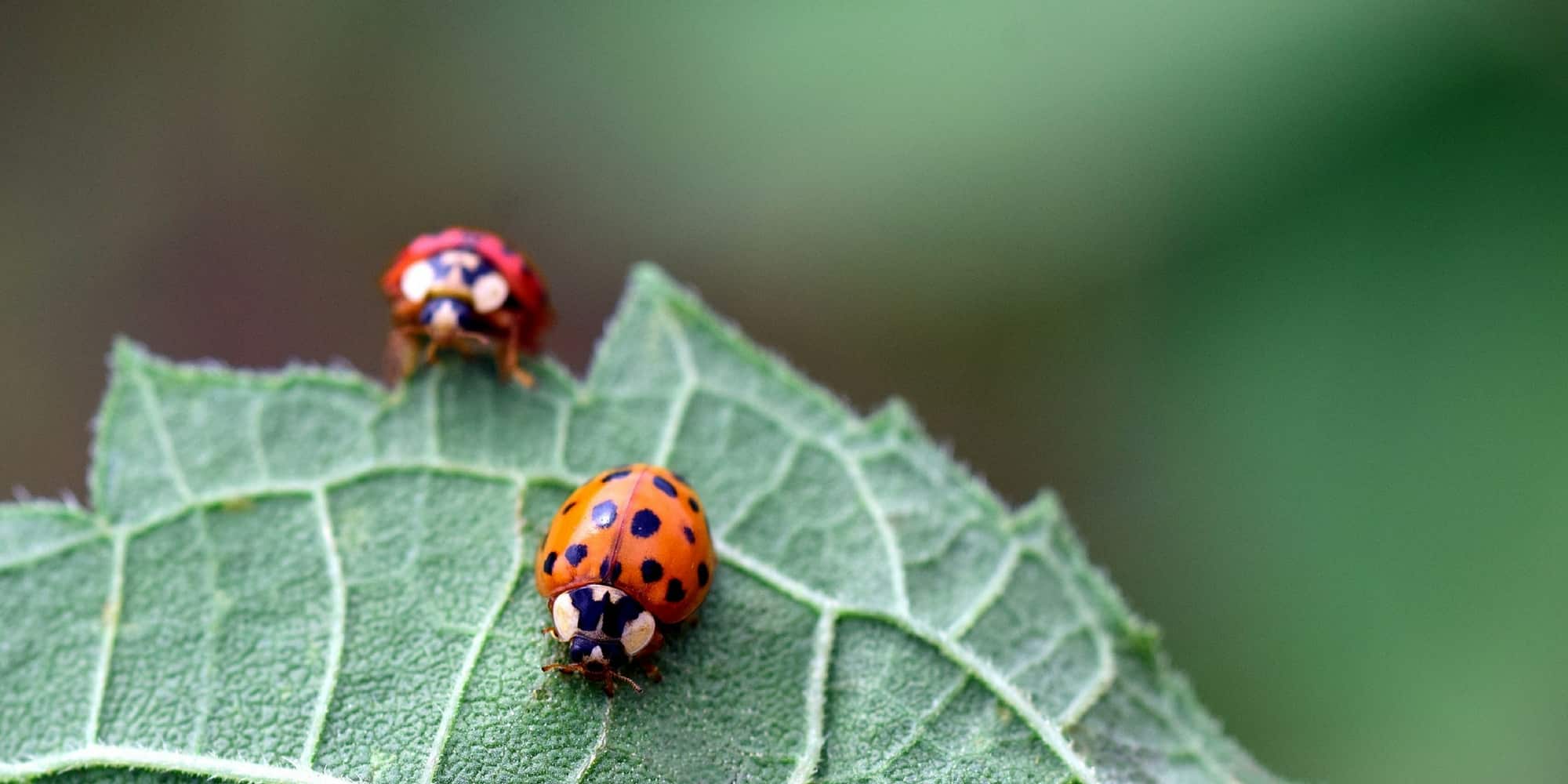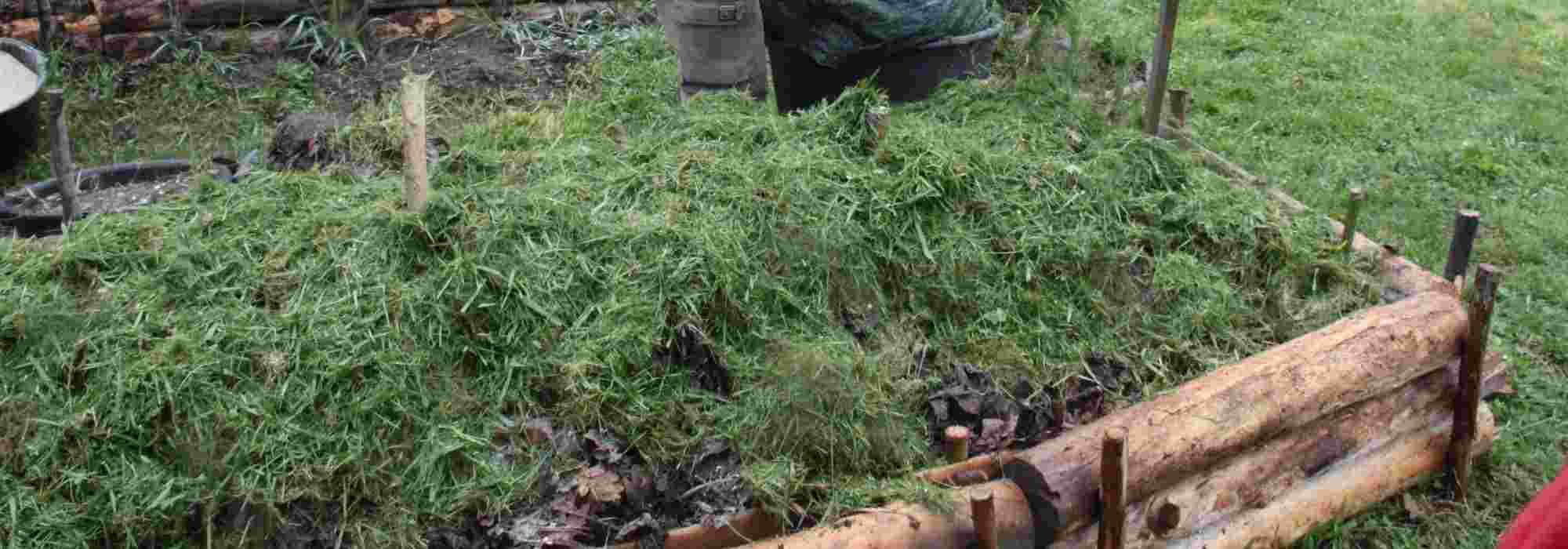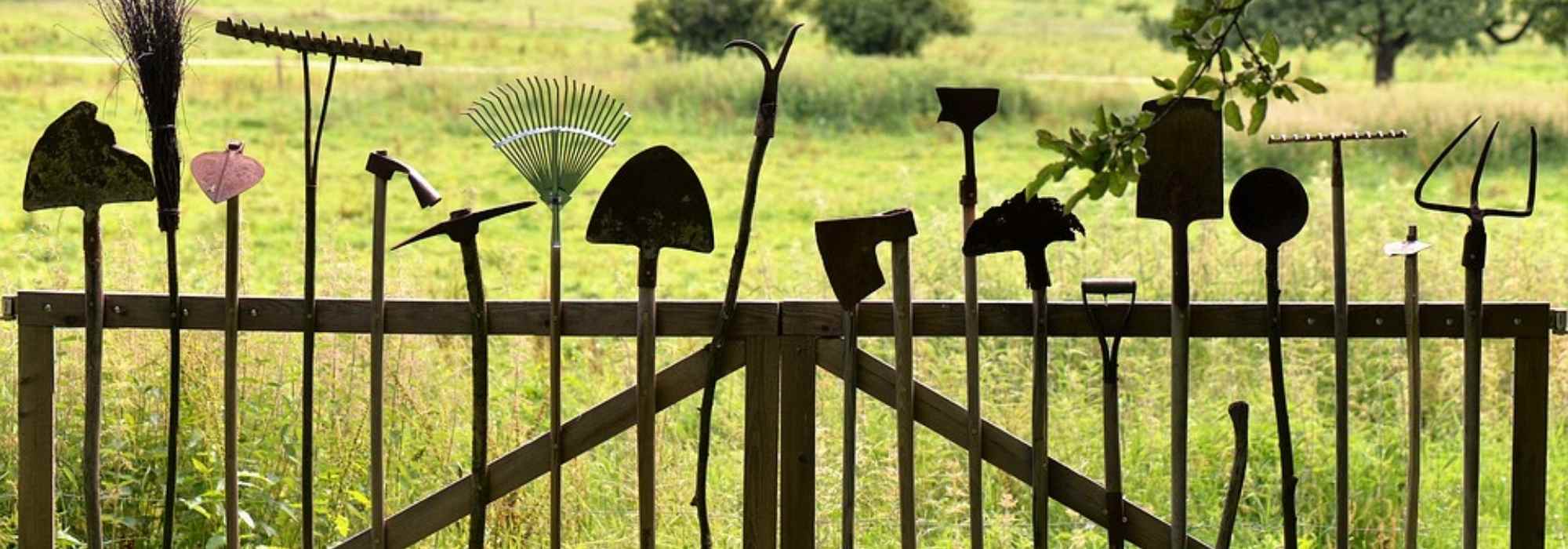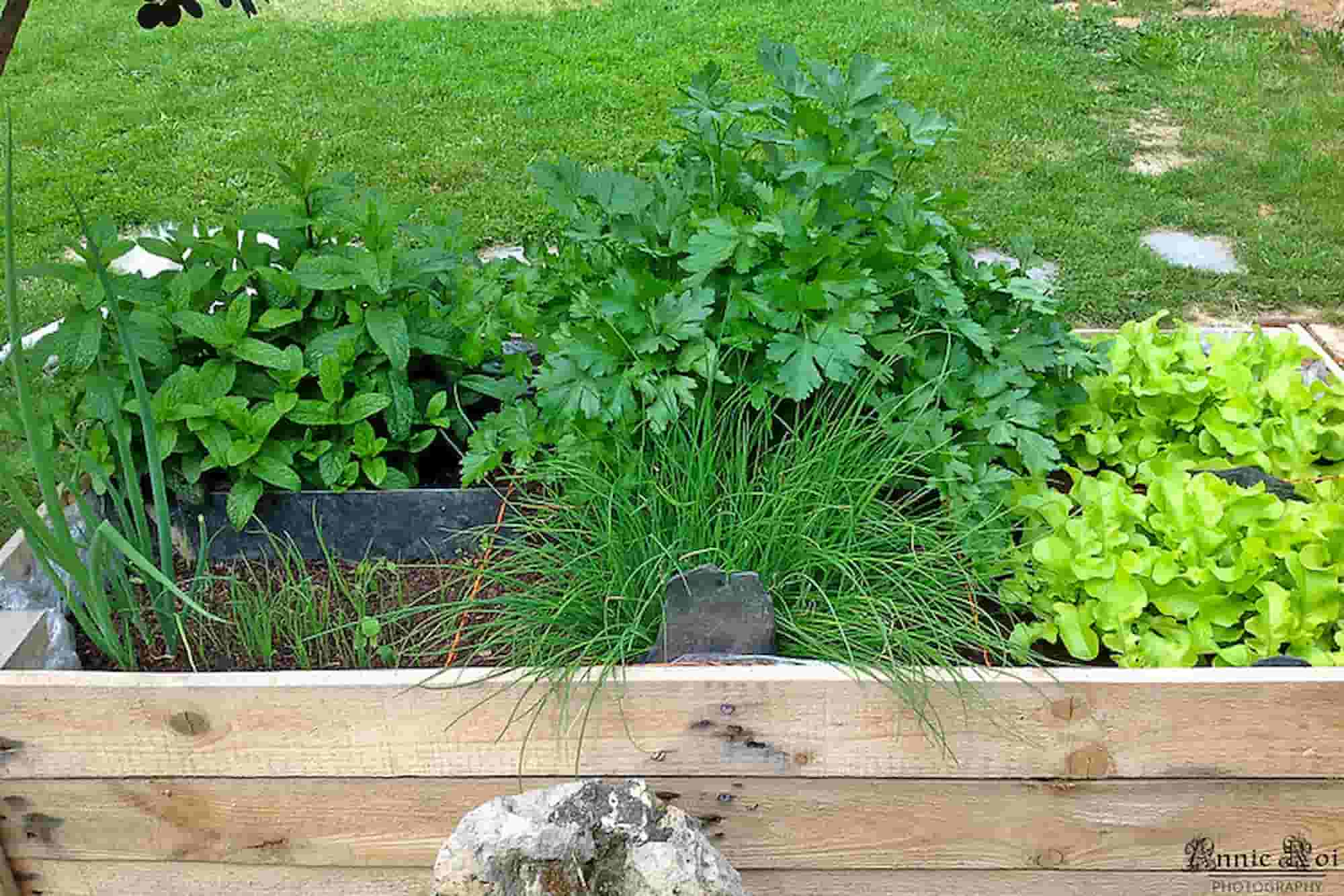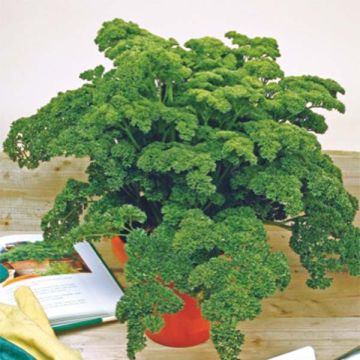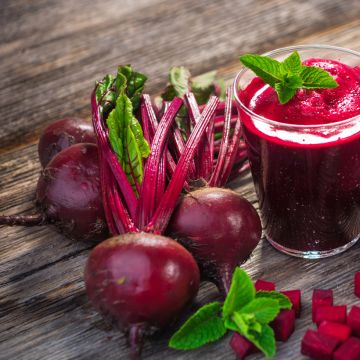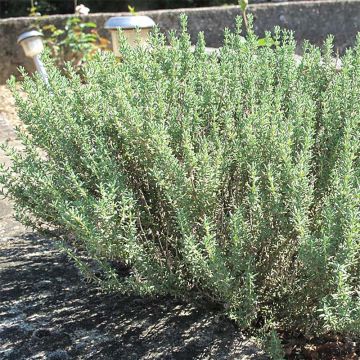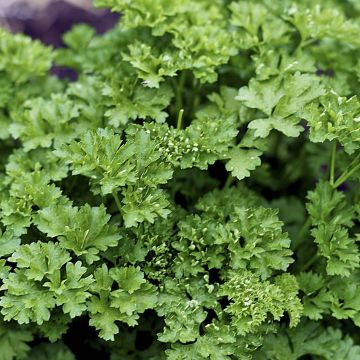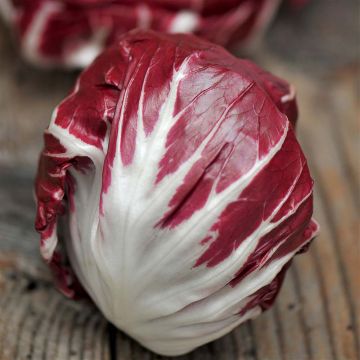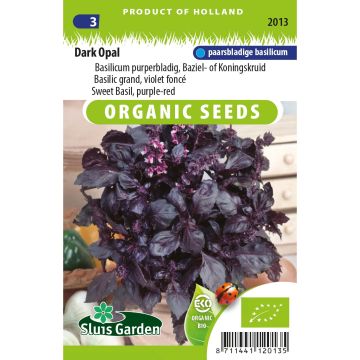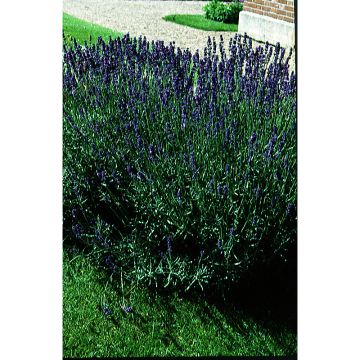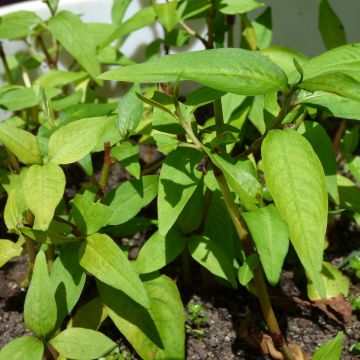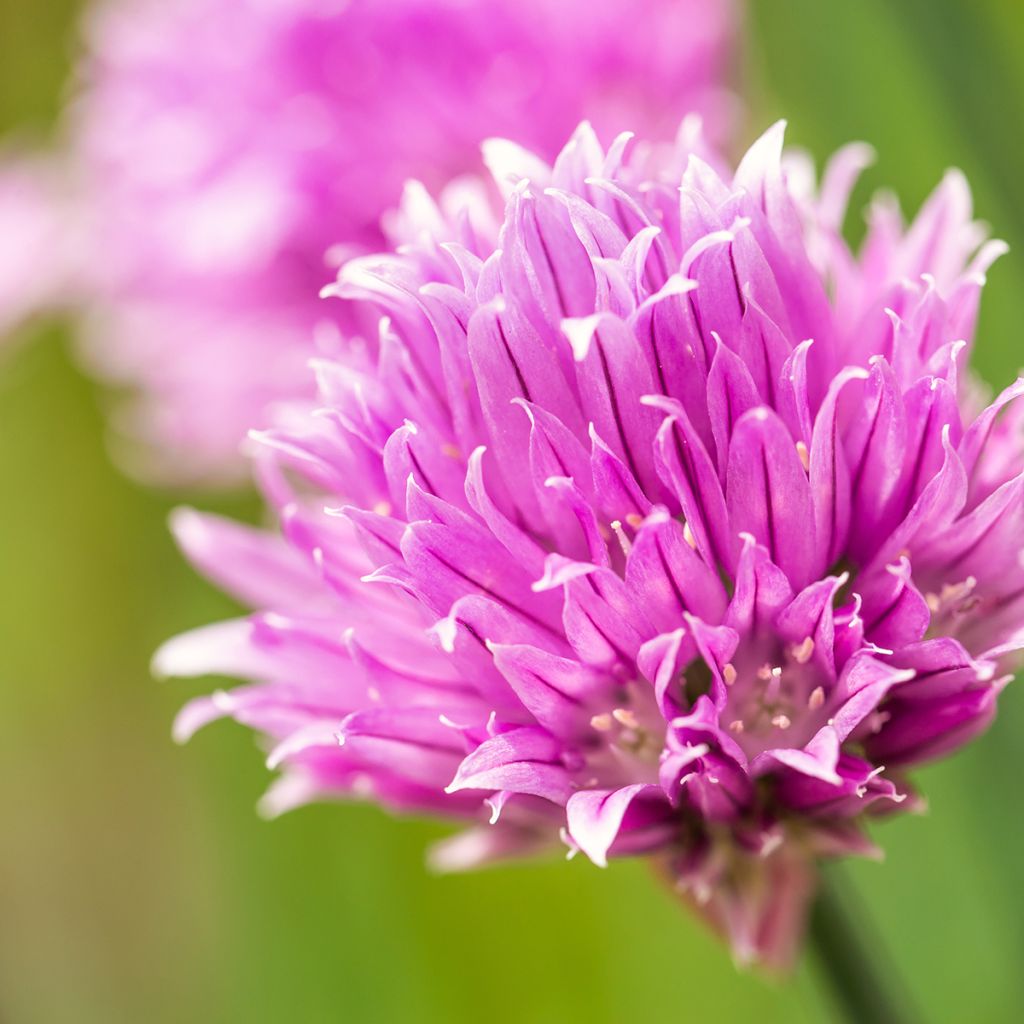

Organic Chives plants - Allium schoenoprasum
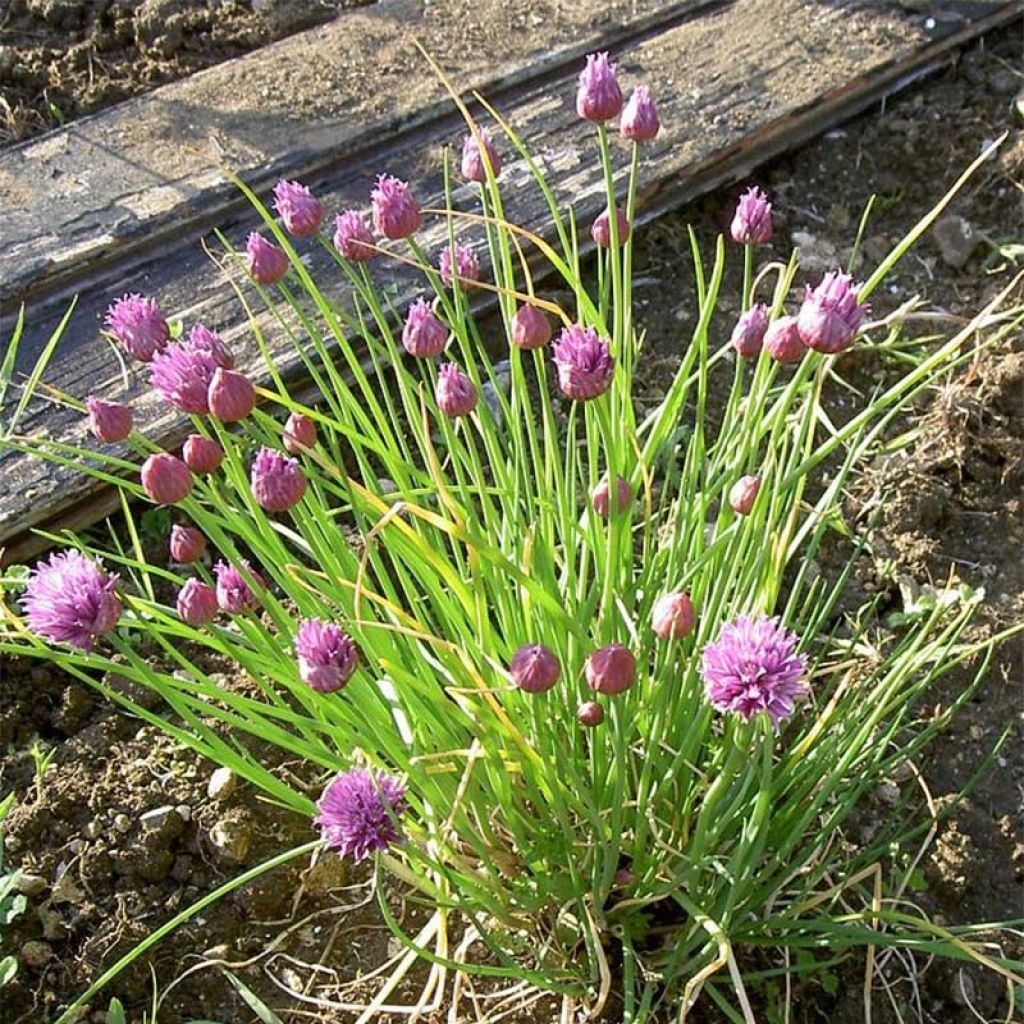

Organic Chives plants - Allium schoenoprasum
Organic Chives plants - Allium schoenoprasum
Allium schoenoprasum
Chives
Special offer!
Receive a €20 voucher for any order over €90 (excluding delivery costs, credit notes, and plastic-free options)!
1- Add your favorite plants to your cart.
2- Once you have reached €90, confirm your order (you can even choose the delivery date!).
3- As soon as your order is shipped, you will receive an email containing your voucher code, valid for 3 months (90 days).
Your voucher is unique and can only be used once, for any order with a minimum value of €20, excluding delivery costs.
Can be combined with other current offers, non-divisible and non-refundable.
Home or relay delivery (depending on size and destination)
Schedule delivery date,
and select date in basket
This plant carries a 6 months recovery warranty
More information
We guarantee the quality of our plants for a full growing cycle, and will replace at our expense any plant that fails to recover under normal climatic and planting conditions.

Description
Chives are ideal for enhancing salads, omelettes or fresh cheeses. They can be grown in pots or open ground. This perennial and hardy plant from China will offer a mild and fragrant foliage flavour. Chives can be planted in spring or autumn for a harvest from May to September.
This organic plant comes from Organic Agriculture and bears the AB certification.
Organic chives are tasty perennial aromatic plants. It belongs to the same family as garlic, onion and shallot. It has a tufted habit and thin, hollow, and cylindrical leaves. It is a perennial plant that will be cultivated for two or three years because beyond that, it tends to weaken and become less productive. It will then need to be divided. Chives are a must-have in herb gardens, but nothing is stopping you from mixing genres and planting them everywhere in the garden, especially at the base of roses: their flowering in pinkish-purple pompoms is charming, and their aromas repel aphids and prevent black spot disease.
In terms of cuisine, the fresh, garlicky and slightly spicy taste of its sprigs is suitable for many dishes: omelettes, stuffings, savoury pies or seasoning fresh cheeses. However, the bulb is not edible.
Harvest: The harvest of chives extends over a long period, from late spring to autumn, and is done with scissors by cutting the stems at the base of the tuft. Regular harvests stimulate the renewal of the foliage.
Storage: Chives can be stored for a few days in the refrigerator or for a few months by drying or freezing. However, it is preferable to fully enjoy its flavour, to consume it freshly picked.
Gardener's tip: To limit watering, we recommend mulching the soil with thin successive layers of clippings, preferably mixed with dead leaves. This protection, which keeps the soil moist, also reduces weeding. Chives do not require watering except in case of high heat.
Organic Chives plants - Allium schoenoprasum in pictures
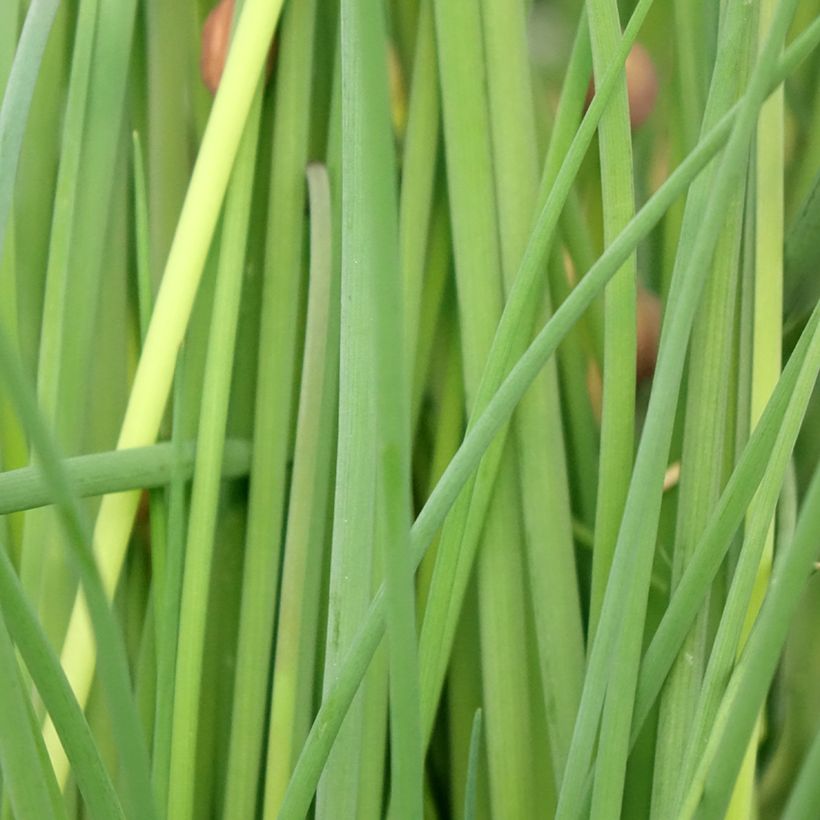

Harvest
Plant habit
Foliage
Other Organic vegetable garden A to Z
View all →Planting and care
Chives thrive in full sun or partial shade, in moderately rich soil. If compost is needed, it should preferably be added in autumn, in the form of well-rotted compost (avoid using manure). Dig it into the soil to a depth of 5 cm (2in), after loosening the soil as you would for any vegetable cultivation. We recommend planting chives in different areas of the garden: in full sun for spring harvests and in partial shade for summer harvests. In the vegetable patch, they do well next to carrots (protection against flies), but they don't appreciate being next to legumes in the Fabaceae family (beans, peas, fava beans). Chives can also be grown in pots.
Planting takes place in spring, from March to May, or in autumn, in September-October. Space the plants 20 cm (8in) apart in all directions. Loosen the soil deeply. Dig a hole (3 times the volume of the root ball), place the root ball in it, and cover with soil. Firmly press down and water to keep the soil moist.
Chives produce beautiful flowers, but it is recommended to cut the tough flower stalks before they bloom to preserve the aroma of the foliage.
Chives are very easy to propagate, and this can be done by dividing the clumps from March to May or from September to October.
Cultivation
Care
Intended location
Planting & care advice
-
, onOrder confirmed
Reply from on Promesse de fleurs
Similar products
Haven't found what you were looking for?
Hardiness is the lowest winter temperature a plant can endure without suffering serious damage or even dying. However, hardiness is affected by location (a sheltered area, such as a patio), protection (winter cover) and soil type (hardiness is improved by well-drained soil).

Photo Sharing Terms & Conditions
In order to encourage gardeners to interact and share their experiences, Promesse de fleurs offers various media enabling content to be uploaded onto its Site - in particular via the ‘Photo sharing’ module.
The User agrees to refrain from:
- Posting any content that is illegal, prejudicial, insulting, racist, inciteful to hatred, revisionist, contrary to public decency, that infringes on privacy or on the privacy rights of third parties, in particular the publicity rights of persons and goods, intellectual property rights, or the right to privacy.
- Submitting content on behalf of a third party;
- Impersonate the identity of a third party and/or publish any personal information about a third party;
In general, the User undertakes to refrain from any unethical behaviour.
All Content (in particular text, comments, files, images, photos, videos, creative works, etc.), which may be subject to property or intellectual property rights, image or other private rights, shall remain the property of the User, subject to the limited rights granted by the terms of the licence granted by Promesse de fleurs as stated below. Users are at liberty to publish or not to publish such Content on the Site, notably via the ‘Photo Sharing’ facility, and accept that this Content shall be made public and freely accessible, notably on the Internet.
Users further acknowledge, undertake to have ,and guarantee that they hold all necessary rights and permissions to publish such material on the Site, in particular with regard to the legislation in force pertaining to any privacy, property, intellectual property, image, or contractual rights, or rights of any other nature. By publishing such Content on the Site, Users acknowledge accepting full liability as publishers of the Content within the meaning of the law, and grant Promesse de fleurs, free of charge, an inclusive, worldwide licence for the said Content for the entire duration of its publication, including all reproduction, representation, up/downloading, displaying, performing, transmission, and storage rights.
Users also grant permission for their name to be linked to the Content and accept that this link may not always be made available.
By engaging in posting material, Users consent to their Content becoming automatically accessible on the Internet, in particular on other sites and/or blogs and/or web pages of the Promesse de fleurs site, including in particular social pages and the Promesse de fleurs catalogue.
Users may secure the removal of entrusted content free of charge by issuing a simple request via our contact form.
The flowering period indicated on our website applies to countries and regions located in USDA zone 8 (France, the United Kingdom, Ireland, the Netherlands, etc.)
It will vary according to where you live:
- In zones 9 to 10 (Italy, Spain, Greece, etc.), flowering will occur about 2 to 4 weeks earlier.
- In zones 6 to 7 (Germany, Poland, Slovenia, and lower mountainous regions), flowering will be delayed by 2 to 3 weeks.
- In zone 5 (Central Europe, Scandinavia), blooming will be delayed by 3 to 5 weeks.
In temperate climates, pruning of spring-flowering shrubs (forsythia, spireas, etc.) should be done just after flowering.
Pruning of summer-flowering shrubs (Indian Lilac, Perovskia, etc.) can be done in winter or spring.
In cold regions as well as with frost-sensitive plants, avoid pruning too early when severe frosts may still occur.
The planting period indicated on our website applies to countries and regions located in USDA zone 8 (France, United Kingdom, Ireland, Netherlands).
It will vary according to where you live:
- In Mediterranean zones (Marseille, Madrid, Milan, etc.), autumn and winter are the best planting periods.
- In continental zones (Strasbourg, Munich, Vienna, etc.), delay planting by 2 to 3 weeks in spring and bring it forward by 2 to 4 weeks in autumn.
- In mountainous regions (the Alps, Pyrenees, Carpathians, etc.), it is best to plant in late spring (May-June) or late summer (August-September).
The harvesting period indicated on our website applies to countries and regions in USDA zone 8 (France, England, Ireland, the Netherlands).
In colder areas (Scandinavia, Poland, Austria...) fruit and vegetable harvests are likely to be delayed by 3-4 weeks.
In warmer areas (Italy, Spain, Greece, etc.), harvesting will probably take place earlier, depending on weather conditions.
The sowing periods indicated on our website apply to countries and regions within USDA Zone 8 (France, UK, Ireland, Netherlands).
In colder areas (Scandinavia, Poland, Austria...), delay any outdoor sowing by 3-4 weeks, or sow under glass.
In warmer climes (Italy, Spain, Greece, etc.), bring outdoor sowing forward by a few weeks.






























